The new 'standard map': China incurs India's wrath
In India's view, a new "standard map" unveiled just before India's hosting of the G20 summit in New Delhi is a deliberate initiative by China to express its discontent with India on the border issue. With bilateral ties between India and China already in bad shape, the new map further complicates the relationship. Researcher Rishi Gupta explains.
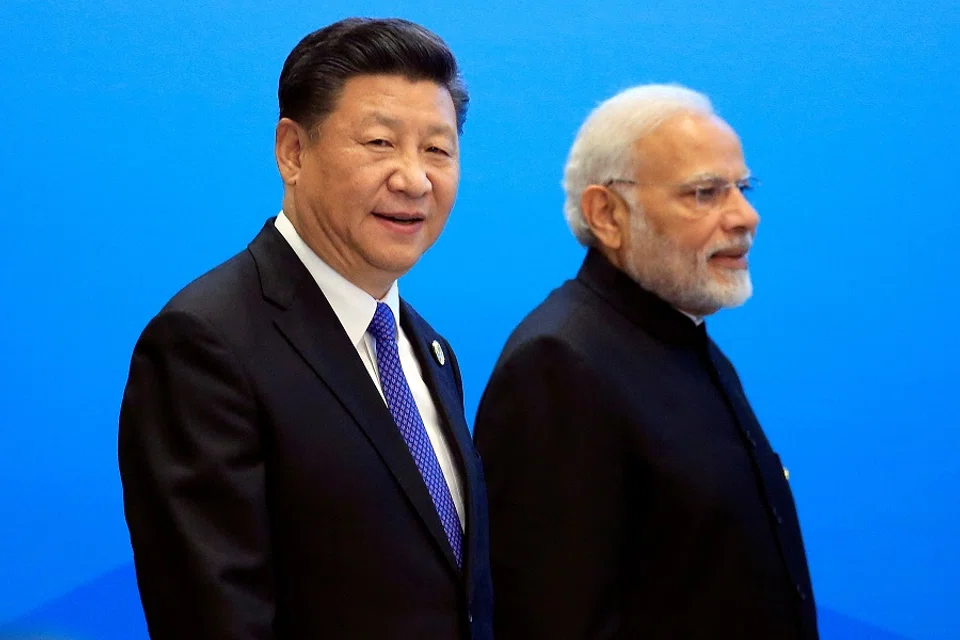
China's Ministry of Natural Resources released its "New Standard Map 2023" on 28 August. The new Chinese map shows Aksai Chin, Arunachal Pradesh, and several other disputed territories within its boundaries. The map was released days after the meeting of Indian Prime Minister Narendra Modi and Chinese President Xi Jinping on the sidelines of the 15th BRICS Summit in Johannesburg.
The meeting between the two leaders in South Africa was seen as a breakthrough between the two sides amid the border row at the Line of Actual Control (LAC). In his conversation with Chinese President Xi, Prime Minister Modi highlighted "India's concerns at the unresolved issues along the LAC in the western sector of the India-China border areas".

Commenting on the bilateral meeting, the Chinese foreign ministry said, "The two leaders had a candid and in-depth exchange of views on current China-India relations and other questions of shared interest. President Xi stressed that improving China-India relations serves the common interests of the two countries and peoples and is also conducive to peace, stability and development of the world and the region." Adding a cautioning stance towards India, the foreign ministry statement read, "The two sides should bear in mind the overall interests of their bilateral relations and handle properly the border issue so as to jointly safeguard peace and tranquillity in the border region."
... experts in India have called it an intentional cartographic aggression.
India lodges a strong protest
The Ministry of External Affairs in India has strongly reacted to the release of the map. In response to media queries on the so-called 2023 "standard map" of China, the official ministry spokesperson Arindam Bagchi, said, "We have today lodged a strong protest through diplomatic channels with the Chinese side on the so-called 2023 'standard map' of China that lays claim to India's territory." Refuting the claims made in the new map by China, the spokesperson further added, "We reject these claims as they have no basis. Such steps by the Chinese side only complicate the resolution of the boundary question."
India's Foreign Minister S. Jaishankar also said, "There should be no doubt... making absurd claims doesn't make other people's territory yours. Let me be very clear." He further added, "This is an old habit of China" - indicating Tibet. While sinologists worldwide are closely observing the developments at the LAC between India and China, experts in India have called it an intentional cartographic aggression.

During a press conference, the Chinese foreign ministry spokesperson Wang Wenbin stated, "It is a routine practice in China's exercise of sovereignty in accordance with the law. We hope relevant sides can stay objective and calm, and refrain from over-interpreting the issue." The war of words continues to be a common phenomenon between China and India and the row over the new map is not something new.
Borders: a determinant of the relationship
While putting out a new map is an annual exercise in China, the timing is undoubtedly playing the devil, especially when the Modi-Xi meeting in South Africa was seen with optimism. Notably, China shares the third-largest land border with India, which has been disputed for a few decades. The mounting border tensions have seen the two armies engage in fistfights and have become a matter of nationalistic sentiments. The two critical areas at the core of the border dispute between India and China include Aksai Chin in India's western sector and Arunachal Pradesh in the eastern sector.
The two countries fought a deadly war in 1962, and the border tensions have continued since then. However, the two sides refrained from engaging in another war until May 2020, when the Indian security forces objected to China's unilateral alteration of the boundary following construction works at the contested LAC by China. The Chinese have also accused Indian troops of unilaterally changing the status quo at the border since April 2020 by building bridges and roads and crossing over the LAC.
As a result, the Indian security forces and the People's Liberation Army were involved in a deadly stand-off in the Galwan Valley, resulting in loss of lives on both sides. After two years, in December 2022, another face-off in the eastern sector took place.
... de-escalations have been of little success in toning down the aggression.
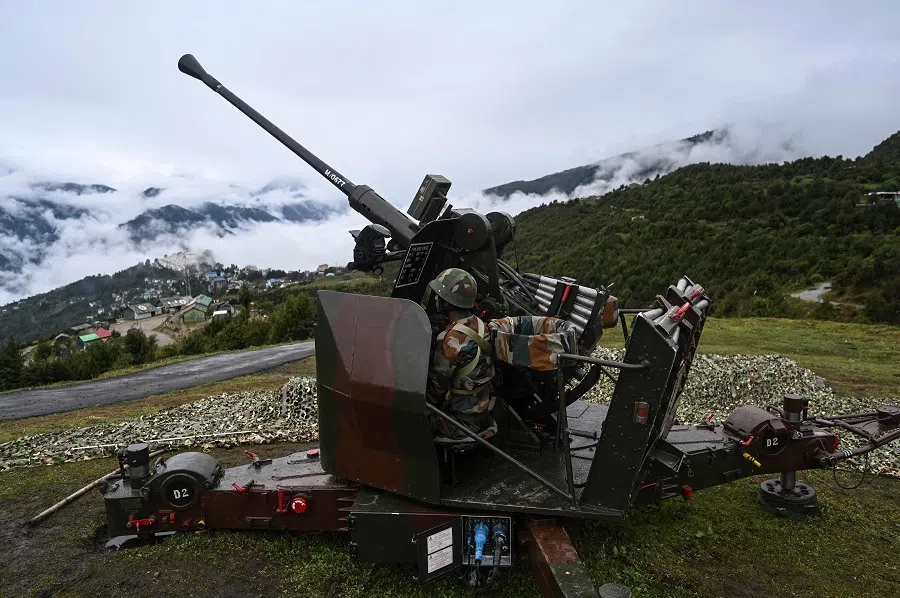
Amid these deadly face-offs between the two largest and most powerful armies in the world, the two sides have engaged in de-escalation exercises. However, de-escalations have been of little success in toning down the aggression. India maintains that China has failed to respect the agreements and conditions of the de-escalation and continues to be an aggressor.
India firmly believes that the "border will determine the state of relationship" with China, and rightly so, the border has been the cardinal factor in the bilateral ties in the last several years. However, the other side of the India-China bilateral relationship reflects a surprisingly deepening bond. As the second and fifth most significant economies globally, China and India have touched a new high on the bilateral trade front. For instance, in 2022, India's total bilateral trade with China was US$135.98 billion, up 21% from 2021.
In India's view, the new map and its promotion via Chinese propaganda on social media is a deliberate initiative by China to express its discontent with India on the border issue.
Timing not right
The unveiling of China's map coincides with the impending G20 Summit scheduled to take place in New Delhi on 9-10 September. The summit will see the attendance of global leaders, including US President Joe Biden, Australian Prime Minister Anthony Albanese and Japanese Prime Minister Fumio Kishida. As of 4 September, the Chinese foreign ministry indicated that Premier Li Qiang would be attending the G20 summit. If Xi were to travel to India, India would undoubtedly raise the border issue, as has been the case in several formal and informal meetings between Narendra Modi and Xi Jinping.
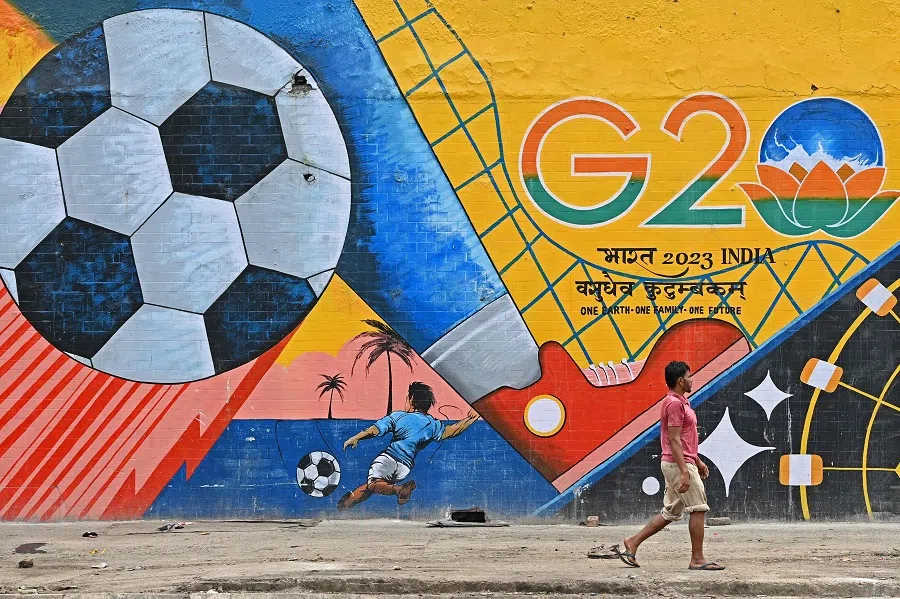
In India's view, the new map and its promotion via Chinese propaganda on social media is a deliberate initiative by China to express its discontent with India on the border issue. It can also be seen as a reaction to India's expanding ties with the US and the other Quad countries of Australia and Japan. Quad leaders will be in New Delhi to attend the G20 Summit. It would be an embarrassment for Beijing to see Quad leaders discussing China on the sidelines of the G20 Summit, especially if President Xi were in Delhi.
Other reactions
This is not the first occasion that China has shown Indian territories within its borders. Interestingly, the new Chinese map not only shows Indian territories within its boundaries but has claimed territories of Russia, Kazakhstan, and other bordering areas with Central Asian countries. The contested areas in the South China Sea are also shown within its boundaries.
Besides India, Malaysia is the second country to criticise China over the so-called "Standard Map Edition 2023". The Malaysian foreign ministry reportedly stated: "The map, among other things, displays China's unilateral maritime claims that encroach upon Malaysia's maritime areas in Sabah and Sarawak, based on the 1979 Malaysia New Map."
... with the general elections scheduled for May next year in India, the Modi government will continue to assert India's position...
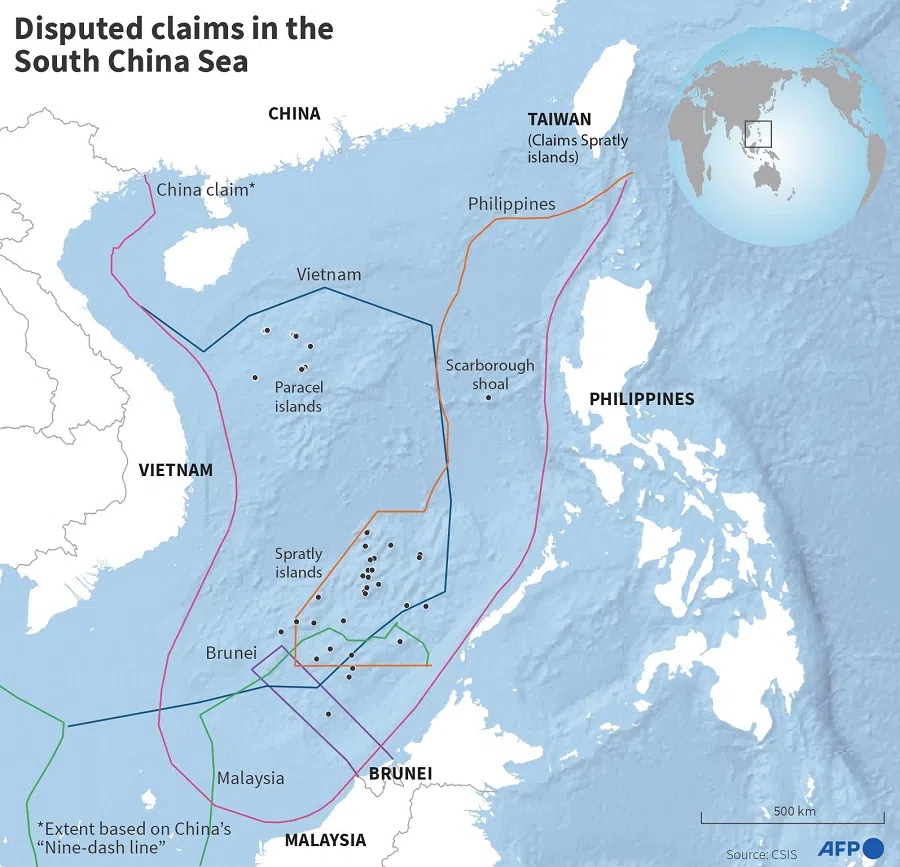
Malaysia is the first East Asian country to oppose the new map even though contested maritime boundaries with the Philippines, Indonesia and Vietnam are also shown as China's own in the new map. Malaysia and China have been in a strategic tussle over the maritime boundary in the South China Sea, and Malaysia views it as a "complex and sensitive matter".
China's "New Standard Map 2023" release has undoubtedly raised the heat in New Delhi. It overshadows the G20 Summit and makes it harder for the border talks to ease. The bilateral ties between India and China are already in bad shape, and the new map further complicates the relationship, especially when the sides seemed to have inched towards some level of talk in Johannesburg. At the same time, the Modi government has been under attack by the opposition for taking a soft line on the China issue. However, India's response to the border issues with China under the present administration is seen as more assertive and vocal.
Meanwhile, with the general elections scheduled for May next year in India, the Modi government will continue to assert India's position, considering the issue of territorial sovereignty is often sensitive and emotive for the Indian populace, and such actions by China could evoke nationalistic sentiments.



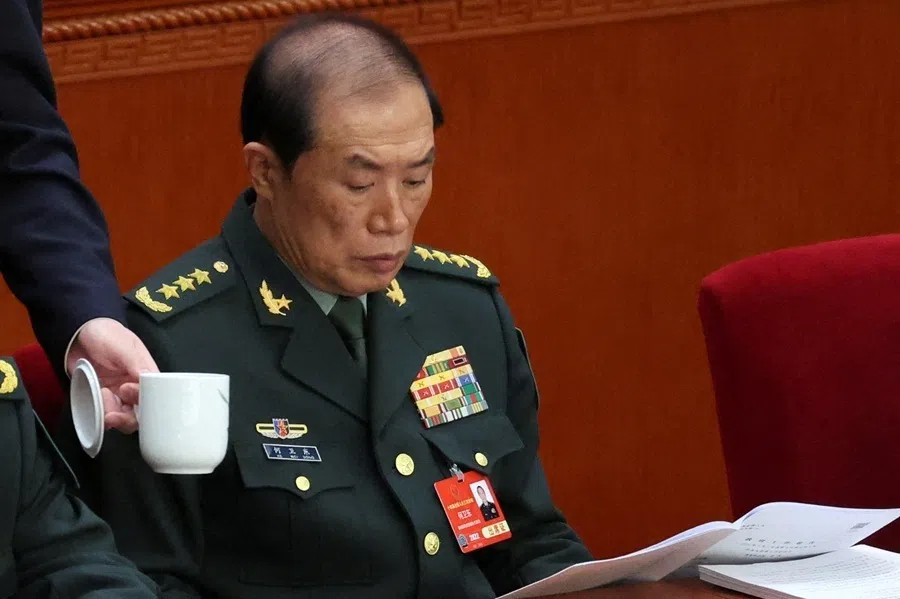
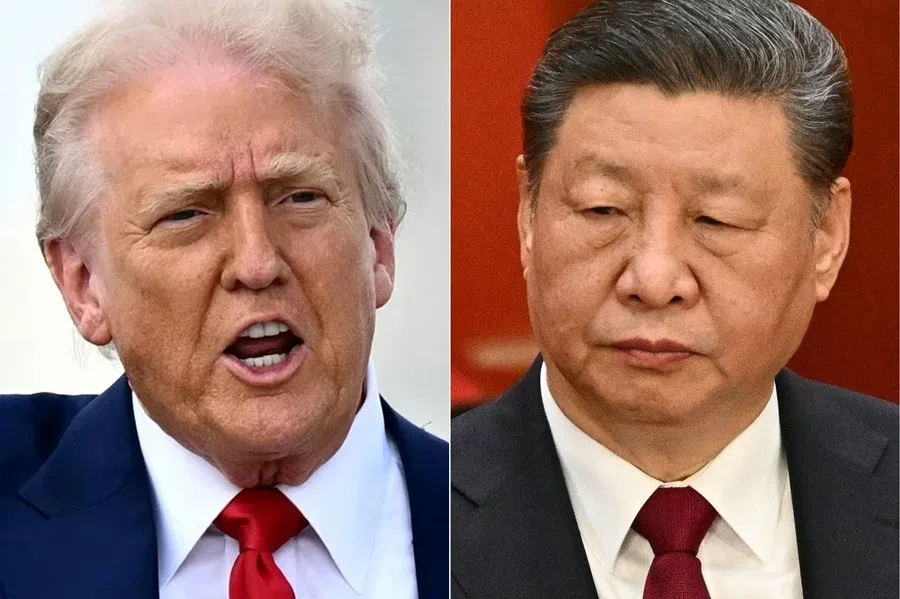
![[Big read] Prayers and packed bags: How China’s youth are navigating a jobless future](https://cassette.sphdigital.com.sg/image/thinkchina/16c6d4d5346edf02a0455054f2f7c9bf5e238af6a1cc83d5c052e875fe301fc7)